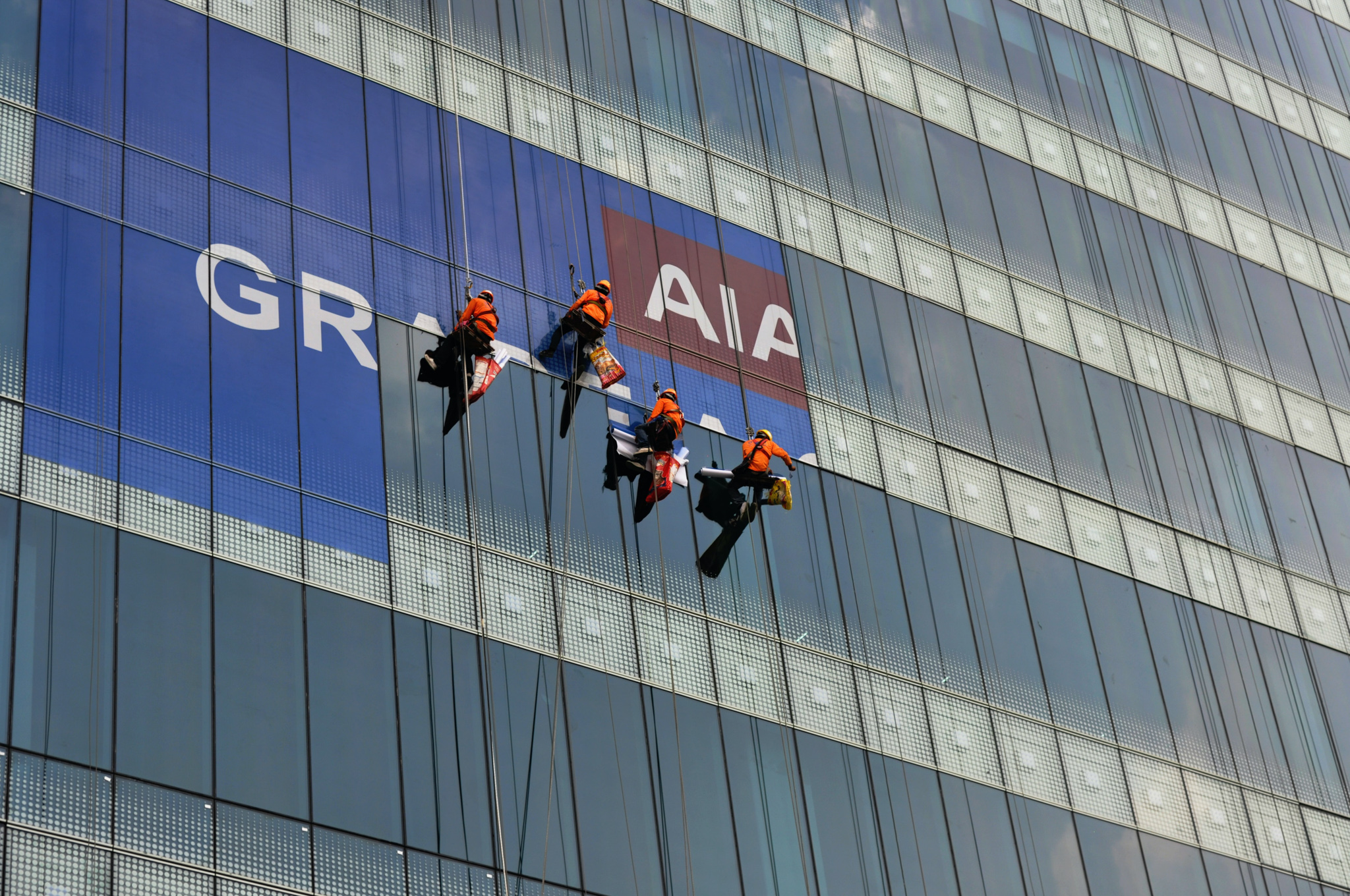Falls from height are the biggest cause of work-related fatalities. Those who fall from large heights but survive are often still left with serious injuries. Claims for injuries and deaths can cost companies millions of dollars in some cases. This can be enough to put many companies out of business.
If you are a business that conducts work at heights, it could be important to therefore have some form of insurance in place to protect you. Hopefully, you will never have to make a claim, but if a tragic accident does occur, it is worth having the right insurance in place.
Which companies need insurance for working at heights?
There are many jobs that involve working at heights. Some of the types of jobs that are typically at high risk include:
- Builders
- Roofers
- Tree surgeons
- Window cleaners
- Lighting technicians
- Painter/decorators
- Rock-climbing/treetop adventure instructors
Does workers’ compensation insurance cover working at heights?
Some workers’ comp schemes will cover injuries and deaths sustained from large falls. However, not all will cover these injuries. In fact, some may have height restrictions or may only pay out in certain circumstances. It is worth looking into exactly what your insurance covers. If falls from height are not fully covered, you may want to take out a separate insurance scheme.
How do I apply for working at heights insurance?
Working at heights insurance is a specialist insurance scheme that not all insurance providers may offer. It is worth looking into specific insurance companies that provide this cover. Your ability to be approved for this insurance scheme and the cost of your rates is likely to be determined by the safety measures that your company has in place. Such safety measures are explained below.
Which safety measures can help when applying for this insurance?
If your employees work at heights, there are a number of measures you can take to keep them safe. These measures will help you when applying for insurance cover. Below are some of these measures worth taking.
Design edge protection
It could be important to invest in permanent or temporary edge protection when working at heights. This could include installing guardrails and toeboards to serve as a barrier. If such edge protection cannot be used, then edges should ideally be painted or clearly marked to make them more visible. There are companies that specialize in edge protection that you can hire to safely install this for you.
Consider fall protection
There could also be measures that you can take to break or cushion an employee’s fall. Safety nets are sometimes used in construction sites as a form of fall protection. In other cases where falls aren’t as high but significant enough to cause injury, it may be possible to use safety mats.
Use suitable equipment
Ladders, lists and scaffolding are common types of equipment used to help access heights. It is important that such equipment is well-constructed and inspected regularly to make sure that it is in good condition. Extra safety equipment such as harnesses may be possible to use when working from heights. These harnesses also need to be good quality and suitable for the job at hand.
Educate employees on height safety

If employees have no choice but to work at heights, they should be made to follow height safety protocol to help reduce injuries. Work involving ladders is one of the biggest causes of falls – employees should be thoroughly trained how to use ladders safely (which could include not overloading them, not overreaching while on ladders and only using them for limited periods). It could also be important to make sure that fragile areas of roofing are marked out and that equipment is inspected before use.
What other safety measures can I take?
Evidently, every work environment is different. It is possible that there could be other safety measures worth taking to help you lower risk of an accident. A health and safety advisor could be worth hiring to survey your work and your workplace and help recommend any other safety measures that could be worth implementing.







